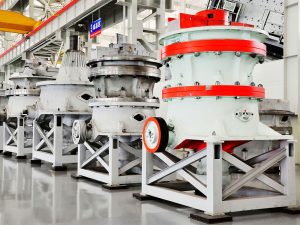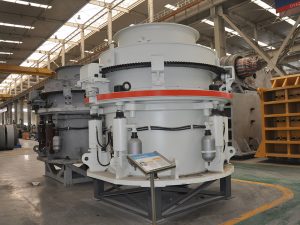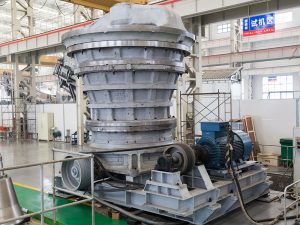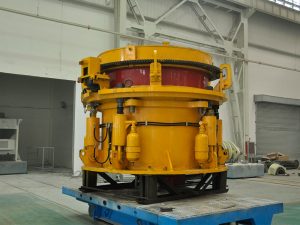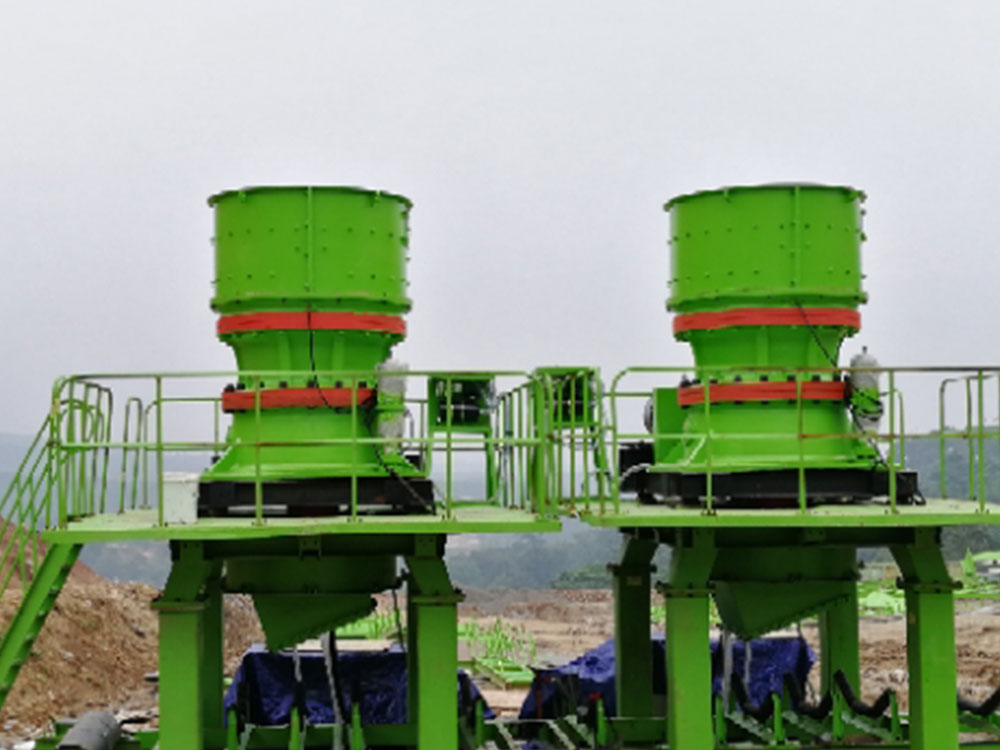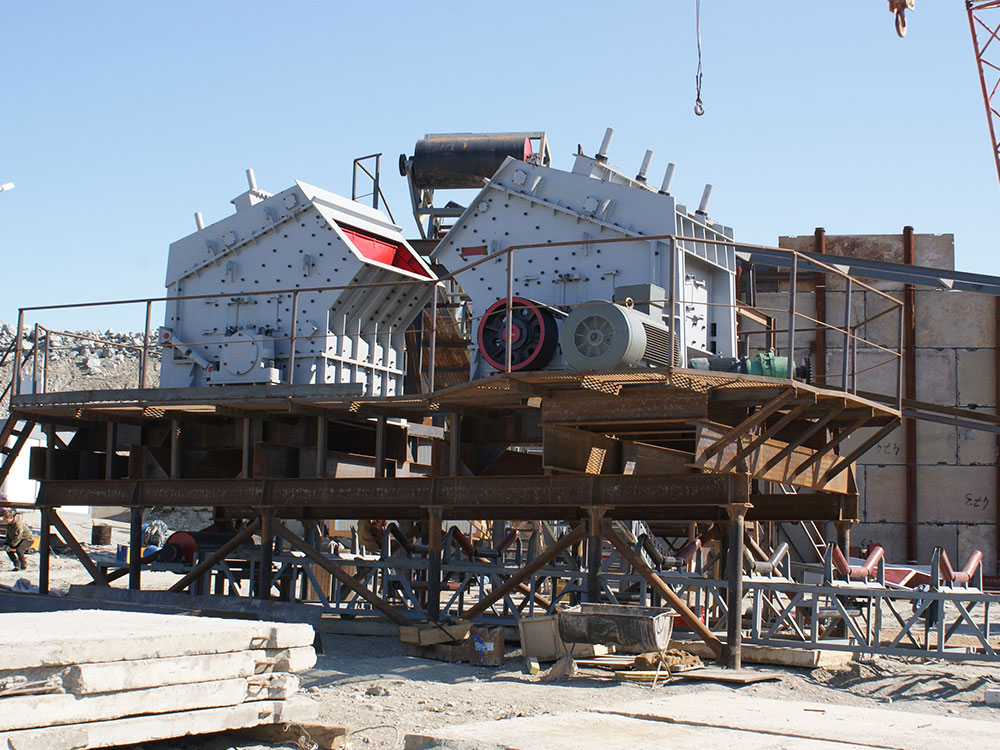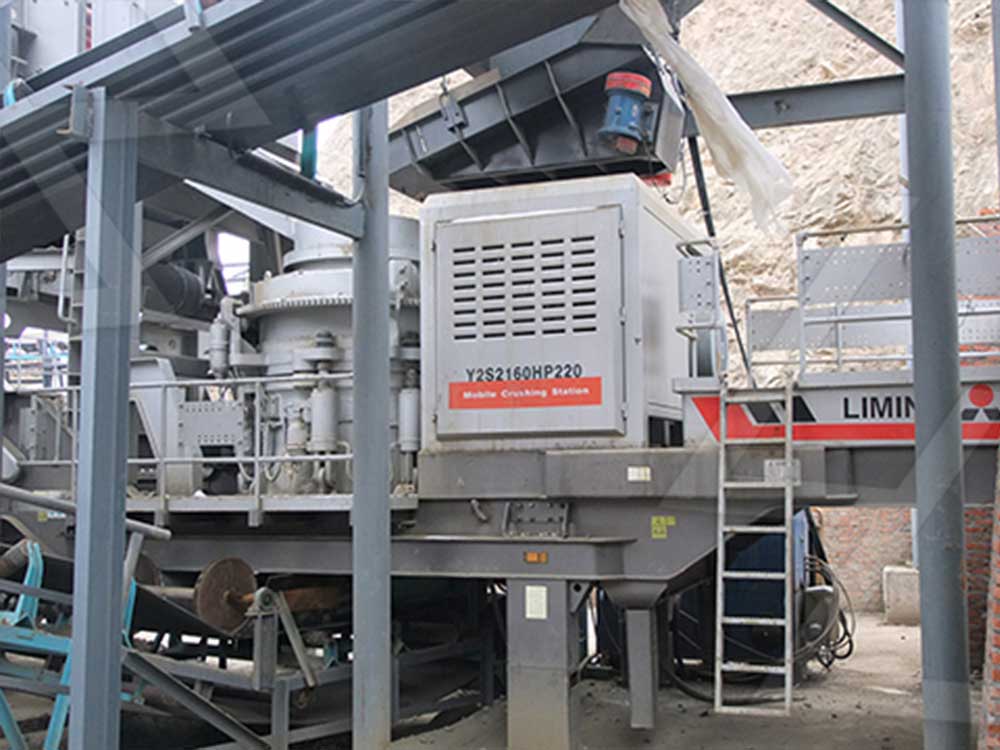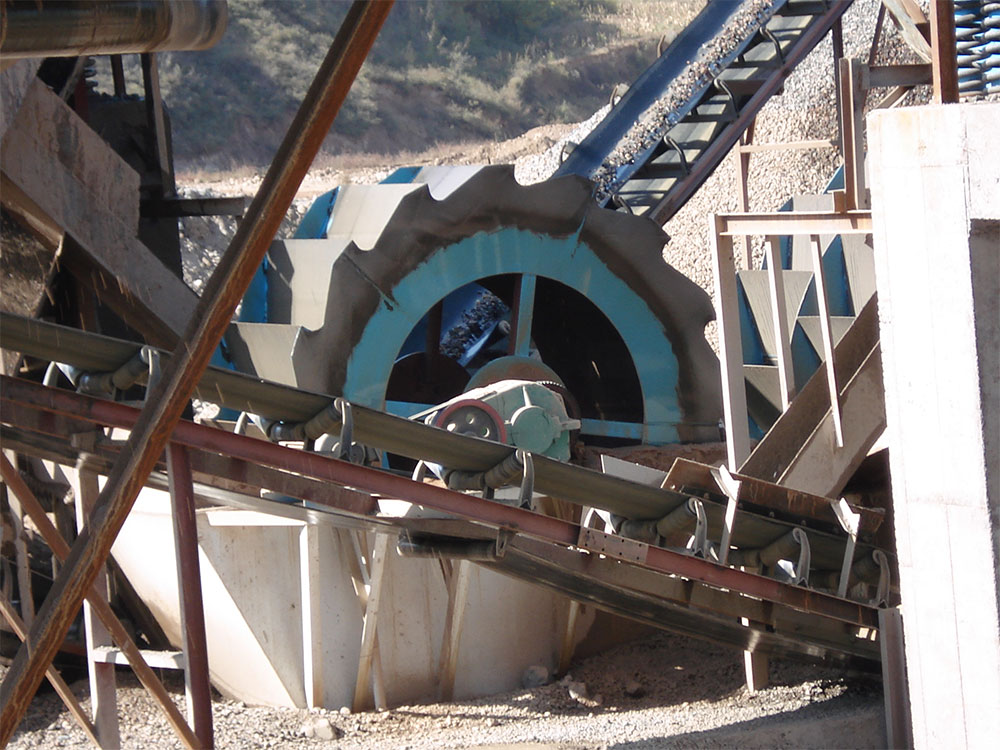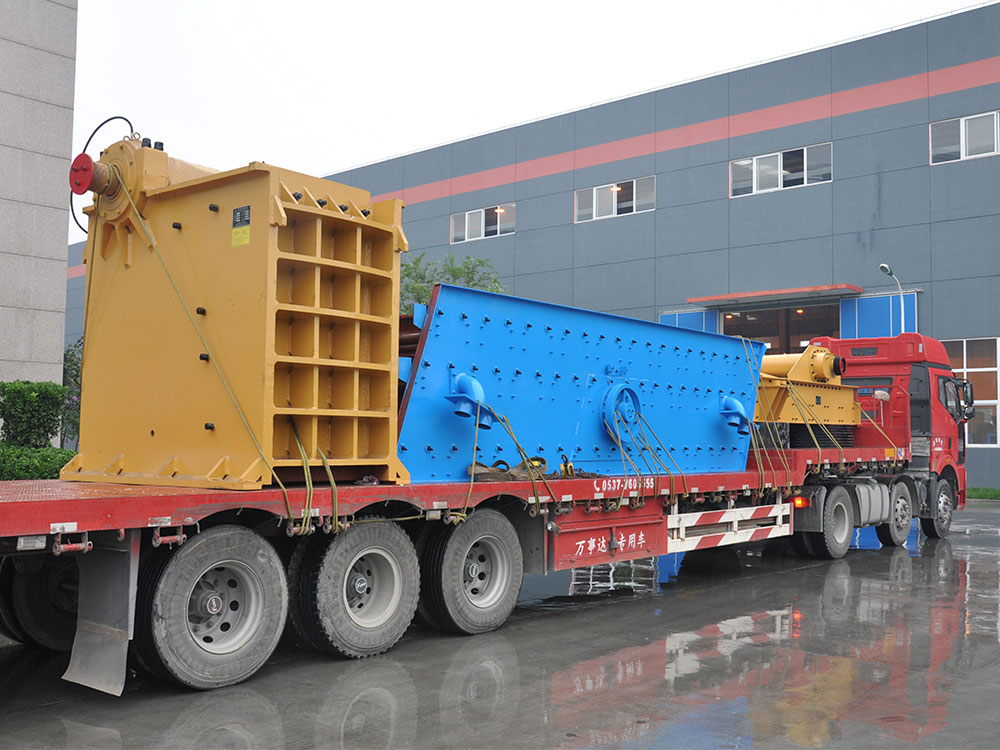In today's era of sustainable development, the environmentally friendly automated basalt sand production line has become the preferred solution in the basalt processing industry due to its high efficiency, energy savings, and environmental friendliness. This article will provide a detailed analysis of the crushing process and environmental protection measures of this production line, offering readers a comprehensive and in-depth understanding.
I. Crushing Process
The crushing process of the environmentally friendly automated basalt sand-making production line is the core component of the entire production line. This process is primarily divided into raw material pre-treatment, coarse crushing stage, medium crushing stage, and fine crushing/sand-making stage.
Raw Material Pre-Treatment
Raw Material Characteristics: Basalt is a rock characterized by high hardness and strong wear resistance, with raw stones typically in block form and large particle size. To ensure smooth progression through subsequent crushing stages, raw materials require pre-treatment.
Processing Flow: Raw materials are uniformly conveyed to the crusher via a vibrating feeder. During conveyance, a screening process using a de-silting screen or drum screen is employed to remove soil, small particles, and other impurities, thereby enhancing the purity of the raw materials. This step is critical for achieving optimal crushing results and product quality.
Coarse Crushing Stage
Objective: To crush large basalt blocks into a suitable particle size for subsequent processing.
Equipment selection: Jaw crushers or gyratory crushers are typically used. These machines feature high throughput, simple structure, and strong wear resistance, effectively addressing the high hardness of basalt. In practical applications, jaw crushers are widely favored for their moderate cost and ease of maintenance; gyratory crushers, meanwhile, are extensively used in large-scale production lines due to their high crushing efficiency and low energy consumption.
Medium crushing stage
Objective: Further crush the material after coarse crushing to prepare for fine crushing or sand making.
Equipment selection: The medium crushing stage commonly uses single-cylinder cone crushers, multi-cylinder cone crushers, or impact crushers. These machines not only have high crushing efficiency but also produce material with better particle shape, meeting the particle size requirements for subsequent fine crushing or sand making stages. Additionally, these machines have low energy consumption and high output, helping to reduce production costs.
Fine Crushing/Sand Making Stage
Objective: To produce aggregates and manufactured sand that meet particle size requirements.
Equipment Selection: High-efficiency impact crushers (sand-making machines), such as the VSI series. These machines utilize the “stone-on-stone” or “stone-on-iron” principle, combining crushing and shaping functions to produce finished sand with rounded particle shapes and reasonable gradation. Additionally, these machines feature high levels of intelligence and ease of operation, contributing to enhanced automation across the entire production line.
II. Environmental Protection Measures
Environmental protection measures are equally critical in the automated basalt sand production line. The following are the main environmental protection measures and their detailed explanations:
Dust Treatment
Importance: The basalt crushing process generates a large amount of dust, which poses risks to the environment and human health. Therefore, dust treatment is the top priority among environmental protection measures.
Treatment Methods: The production line is equipped with dust control equipment such as pulse baghouse dust collectors and spray dust suppression systems. These devices effectively capture and settle dust particles in the air, reducing dust emissions. Additionally, sealed enclosures and dust collection ports are installed at dust-generating points such as crushers and screens to further minimize dust leakage. Through these measures, the production line achieves compliant control of dust emissions.
Wastewater Treatment
Importance: Wastewater generated during sand washing contains a large amount of silt and suspended solids. If discharged directly, it will cause environmental pollution. Therefore, wastewater treatment is also an indispensable part of environmental protection measures.
Treatment Methods: The production line uses a wastewater treatment system to treat sand washing wastewater through processes such as sedimentation and filtration. Through these treatment processes, silt and suspended solids in the wastewater are effectively removed, and water quality is purified. The treated wastewater can be recycled or discharged in compliance with standards, avoiding environmental pollution.
Noise Control
Importance: Equipment such as crushers and screens generate significant noise during operation, which can disturb nearby residents and staff. Therefore, noise control is also an important component of environmental protection measures.
Treatment Methods: Selecting low-noise equipment is an effective way to reduce noise pollution. Additionally, installing soundproof enclosures around equipment or using enclosed workshops can further reduce noise transmission. Through the implementation of these measures, the production line can achieve compliant control of noise emissions, providing a quiet and comfortable living environment for nearby residents and staff.
Solid Waste Management
Importance: Improper disposal of solid waste such as waste rock and slag generated during production can cause long-term environmental pollution. Therefore, solid waste management is also an indispensable component of environmental protection measures.
Management Methods: Solid waste should be sorted, stored, and transported in accordance with regulations to ensure proper disposal. Additionally, consider utilizing some solid waste as construction materials or road base materials to achieve resource recycling. By implementing this measure, not only can pollution from solid waste be reduced, but the company's economic and social benefits can also be enhanced.
III. Summary and Outlook
In summary, the environmental protection automated basalt sand-making production line has strict requirements and standardized operating procedures in both crushing processes and environmental protection measures. These measures not only help protect the environment and human health but also enhance the economic and social benefits of the enterprise.
Looking ahead, with the continuous advancement of technology and the growing awareness of environmental protection, the environmentally friendly automated basalt sand-making production line will evolve toward greater efficiency, energy savings, and environmental protection. By continuously optimizing crushing processes and environmental protection measures, we have every reason to believe that this production line will bring broader development prospects and a brighter future to the basalt processing industry.


